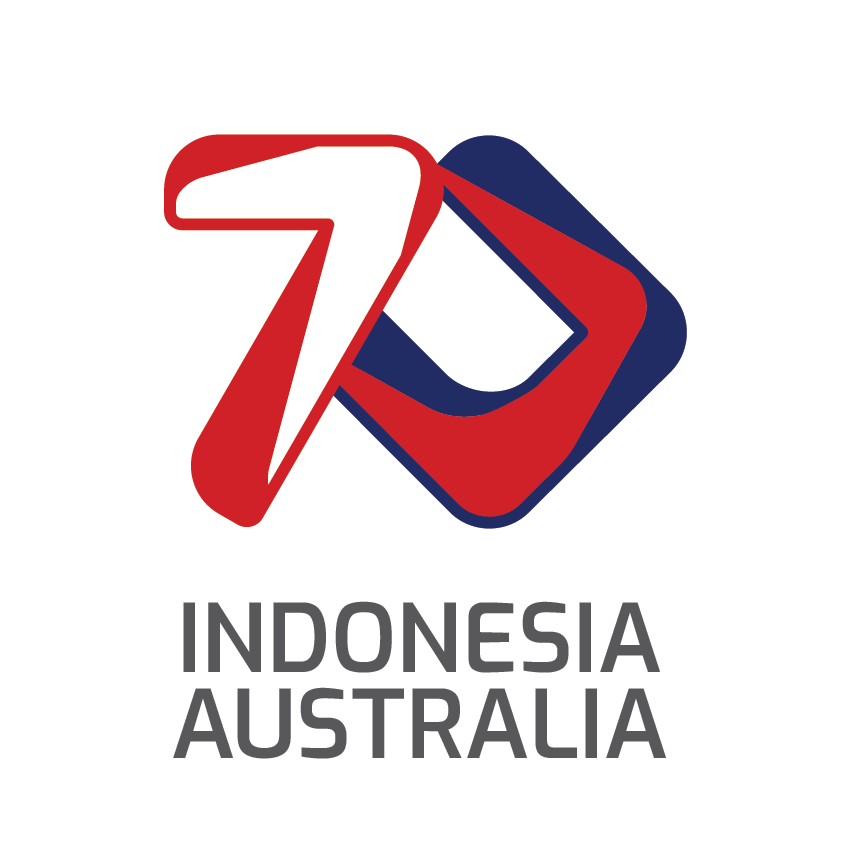Indian Ocean Tsunami
A lone palm tree stands amidst a landscape of complete devastation in Banda Aceh, following the tsunami disaster of 26 December 2004.
Photo: Australian War Memorial
On Sunday, 26 December 2004, a 9.1 magnitude earthquake struck off the west coast of Sumatra and resulted in one of the deadliest natural disasters in recorded history. The earthquake (followed by the tsunami) was felt simultaneously in Indonesia, Bangladesh, India, Sri Lanka, Malaysia, Burma, Thailand, Singapore and the Maldives.
Indonesia was the hardest-hit country, followed by Sri Lanka, India and Thailand. The devastating tsunami killed around 230,000 people, with Indonesia suffering an estimated loss of 167,000 lives.
Immediately after the tsunami struck, the Australian Government activated its emergency response mechanisms and committed an initial $60 million in the first week for humanitarian assistance.
Within 36 hours of the disaster, aid-funded medical teams and essential humanitarian supplies were sent to Indonesia on four RAAF C-130 Hercules. Aid staff from Australian diplomatic posts in affected countries were dispatched to disaster areas to assess the impact of the tsunami and additional staff from Canberra were sent to Indonesia, Thailand and Sri Lanka to provide support.
The rapid mobilisation of aid supplies and medical assistance significantly alleviated the suffering of affected populations, and contributed to saving the lives of those seriously injured, particularly during the early stages of the response.
In addition to the estimated 167,000 people killed in the disaster in Indonesia, more than 500,000 were left homeless. About 800 kilometres of coastline was destroyed and more than 3000 hectares of land was washed away or inundated by seawater.
Ports, roads and bridges were ruined. More than 2100 schools were damaged or destroyed, as well as kindergartens, technical and vocational schools and institutes of higher education. Aceh’s main hospital, Zainoel Abidin Hospital, was badly damaged and almost 400 health clinics were destroyed. So too were thousands of schools, health facilities and water sources, and many sources of livelihoods were debilitated. Nias Island suffered the dual impact of the tsunami and a massive earthquake on 28 March 2005.
On 5 January 2005, the Australian Government announced a $1 billion package to Indonesia for its recovery and reconstruction phase. This provided for large-scale social and economic development programs across Aceh and elsewhere in Indonesia.
The Australian Government’s support in Indonesia helped reconstruct schools, village halls and health facilities. It helped Indonesians rebuild livelihoods and helped many Acehnese to develop skills to improve government service delivery.
Australia’s assistance transformed the relationship as our close cooperation in reconstruction and rehabilitation linked our people and institutions in a way that they had never been connected before.

